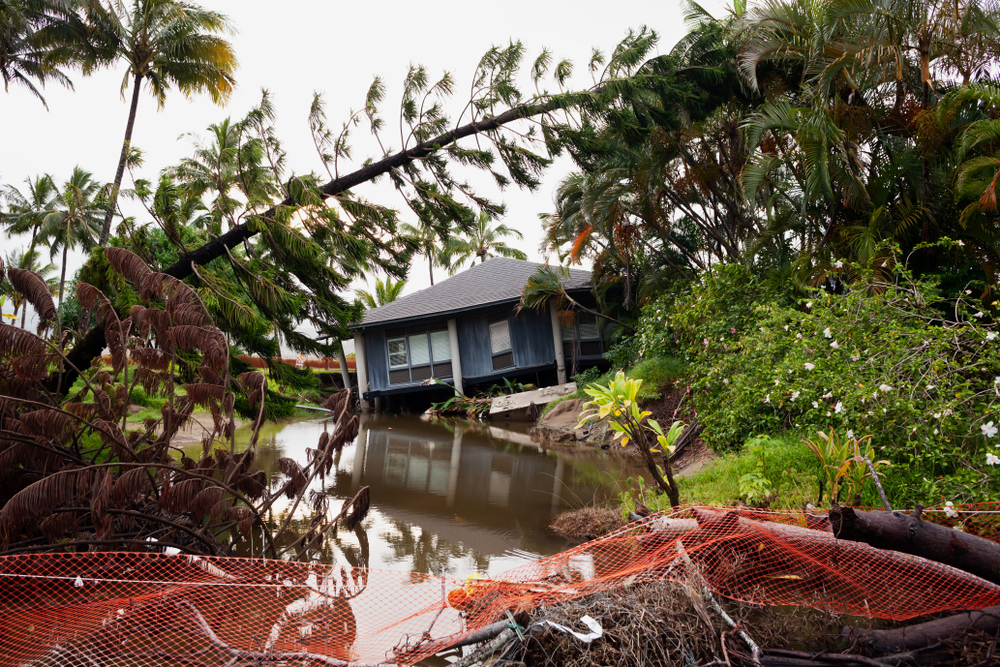With hurricane season in full swing and not ending until November, now is a good time to assess what protections you have in place to fend off natural disaster. Thankfully, there are plenty of ways to prepare ahead of time for potential extreme weather. From getting the correct insurance policies to having an emergency plan in place, lessen the effects of Mother Nature with our suggestions and tips.
How to know if you need insurance
First things first, there is no such thing as hurricane insurance or tornado insurance. Meaning you will need to purchase a combination of different policies to protect your home – typically home insurance, flood insurance and windstorm insurance. Homeowners insurance generally covers windstorm and hail damage, so a separate windstorm insurance policy is only needed in certain states.
If you live in a high to moderate flood zone, flood insurance is highly recommended. Not sure if you live in a flood zone? A good way to check is by looking at FEMA’s flood map program. Be sure to have enough coverage to cover the entire cost of rebuilding your home. Talk to your insurance representative to better understand what your home insurance covers, as coverage differs from state to state, and even zip code to zip code.
When to get insurance
Most flood insurance policies aren’t activated until 30 days after purchase so it’s crucial to buy insurance policies well in advance of a natural disaster. Each insurance agency is different though, so ask your insurer how long it will take for the policy to go into effect after purchasing to be sure you know when coverage begins. This is especially important since some insurance companies may not allow you to purchase a policy if they know a storm is imminent.
Preventative safety measures
It’s essential to develop an emergency plan in case of a massive flood or evacuation. Be sure to include pets in the planning of this as most emergency shelters will not allow pets inside their vicinity. Secure any important documents in a waterproof container and digitize them – these include birth certificates, social security cards, insurance documents and passports. Having an out-of-state emergency contact is also helpful. For more information about creating a detailed plan, visit Ready.gov.
Changes you can make to your home to help with storm damage include: clearing drains and gutters, installing a sump pump and a battery-operated backup, and adding a water alarm to let you know if water is accumulating in your basement. You can help reduce wind damage by trimming branches and trees regularly, securing outdoor furniture and installing storm shutters.
For the most up-to-date information regarding your policy, contact your insurer. You can also visit LongandFoster.com/insurance to learn more or call 1-866-275-4534.
